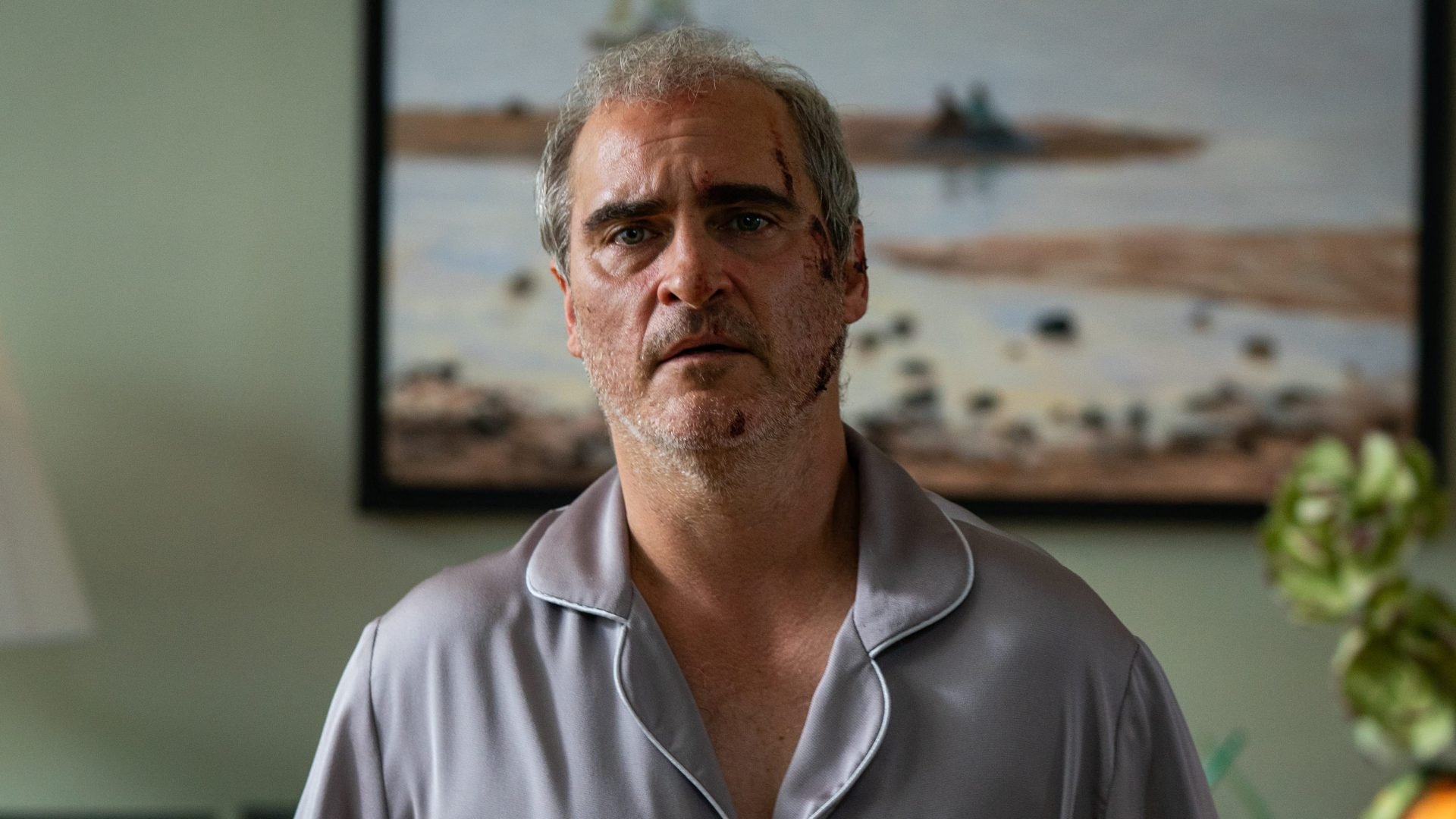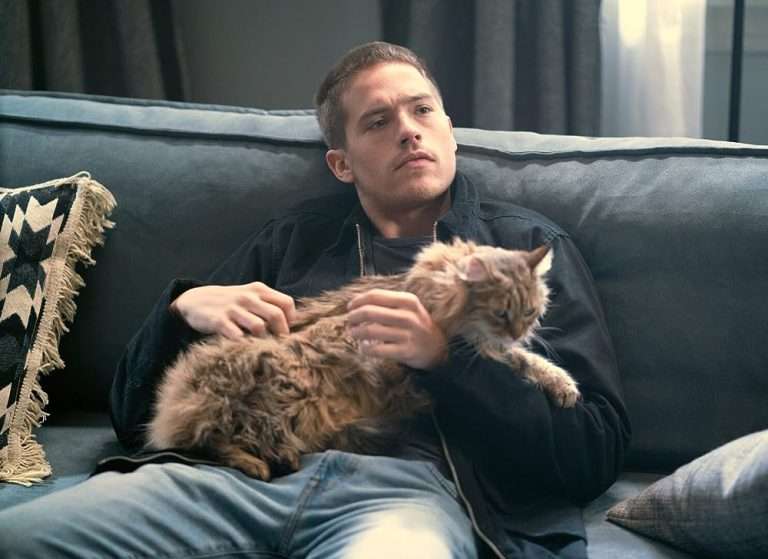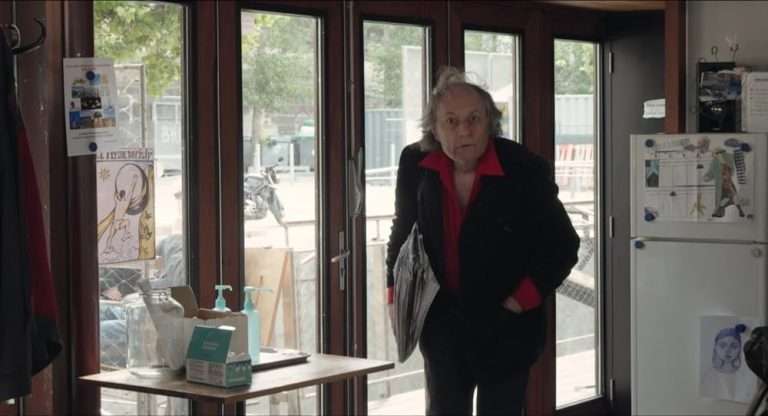The film without an answer. It takes more than a master craftsman to conjure a movie that makes its audience question each and every scene in it. What is real and what isn’t? Much like our real life, Cameron Crowe’s “Vanilla Sky” (2001) is guarded and meticulously shot. In any script-writing class, students are constantly told that to write a good psychological thriller, you must always create a character who never operates in black and white, or rather the multitudes of extremes.
The character must operate in the shadows. Information should only be given out when required, and the audience must be afforded space to think about logical conclusions by themselves. “Vanilla Sky” does all of it. Still, it never explicitly reveals to its audience whether our protagonist is in a lucid dreaming state or reality, even though the explainer at the end of the film does provide a simple linear closure for the average audience. There is an inherent need for an ending, even though there might be none, and the director crafts this for an average moviegoer. But is there all to it? An ending that absolves the people from thinking of an alternate ending. This is where Cameron Crowe’s genius unfolds.
Vanilla Sky (2001) Plot Summary & Movie Synopsis:
Who Is David Aames?
There is no hiding that Cameron Crowe pays tribute to the greatest filmmakers ever to have graced planet Earth – Francois Truffaut and Jean-Luc Godard, by having two giant wall-size posters hang in protagonist David Aames’s (Tom Cruise) lavish apartment. But is it just that, or is that a massive foregrounding of what follows? David, played by Cruise, is a hot, wealthy bachelor, 33 years old and having the time of his life. His father has left him a publishing empire with controlling rights, and he is least bothered about it. He does not like the board and calls them Seven Dwarves. His fuck buddy is Julianna Gianni, played by the brilliant Cameron Diaz. His best friend Brian, portrayed by Jason Lee, brings home Sofia (Penelope Cruz) for his birthday party, and that’s the moment everything changes for David.
He falls for Sofia, and anyone with a right mind would. Penelope Cruz is the perfect mixture of intelligent, sweet, innocent, and sexy, and no one can ever be that perfect. The film is a testament to how powerful a woman’s smile can be. In contrast, Julie is the scorned woman who is jealous that David doesn’t call her to the party even after having physical relations with her.
So, when David leaves with Sofia, she follows him, and the next morning, by coordinated happenstance, a stalker finds him outside her house. She invites him for a last fling, and he agrees, even though he has just spent the most fantastic night of his life with Sofia, talking, drawing their caricatures, and, bit by bit, falling in love. Julie questions his motives and, in a fit of ascending anger, drives the car off a bridge, killing herself and disfiguring David for life.
Did Sofia and David Resume their Relationship?
David’s face is permanently damaged because of him being in a coma, and the doctors are unable to perform surgery. He is given a latex mask. He starts to take more interest in board meetings, and finally, when he gains enough courage, he finds Sofia’s dance studio and meets her. His face repulses her. When they go to the nightclub, David arrives in his mask and finds out that Sofia had called Brian because she didn’t want to be alone with him. The night ends in a disaster as David passes out by the side of the road until Sofia wakes him up. Sofia and David begin the happiest relationship that any romantic comedy can muster. An experimental surgery brings back his original face, and nothing can go wrong, right?
He starts getting flashbacks and glimpses of something eerie as Sofia gets replaced by Julie, who claims she is Sofia. David is flummoxed, and he tries to call the police, only for the police to arrest him. His lawyer, Thomas Tipp, played by Timothy Spall, shows him the pictures where he has brutally beaten up Julie. He returns to Sofia’s apartment and finds all the pictures replaced by Julie’s face. Julie thinks it’s an intruder who hits David, and when she realizes her mistake, she leaves to get some ice. David stands up, and Sofia emerges from the kitchen. He seems relieved.
What Is LE?
They start to make love, and in between, Julie replaces Sofia as he looks down and smothers her to death with a pillow. He carefully looks down to see the mole in between Sofia’s breasts and realizes that it is Sofia that he has killed. All this while, the film’s non-linear pattern is revealed as he is in jail with McCabe, a psychologist played by Kurt Russell, for the murder of Sofia, and McCabe has to determine whether he is mentally stable or not. As the story takes shape, through various recollections and David narrating his story to McCabe, he finds the mention of LE or Life Extension, which claims that through cryogenation, they can extend the life of anyone and keep them in a frozen state until they are ready to come back to life in the future.
What is David’s Reality?
David is taken to LE headquarters, where he discovers he has opted for a lucid dreaming program and can call out tech support anytime. Ventura, the tech support played by Noah Taylor, fills in the blank for David and the audience. He tells him how the car accident left him in a state of agony, and he never met Sofia again, and the only time he had met her was at the party. Ventura had reached out to him, and he signed the agreement and then killed himself to be frozen and put in the lucid dreaming program.
To provide more context for the audience, he also adds that his memory has been altered as he had asked for, and the dream begins after the night on the pavement, where he passes out after the party. He takes him to the roof of a tall building and informs him that there were glitches because of which the dream turned into a nightmare, and he can now return to the dream or can go back to reality, which is 150 years down the line by jumping off the building, as he is afraid of heights. In fact, he can reconfigure his face, but his finances won’t last. He asks to meet Sofia one last time and then takes the plunge, entering reality.
What is a Dream, and What Isn’t?
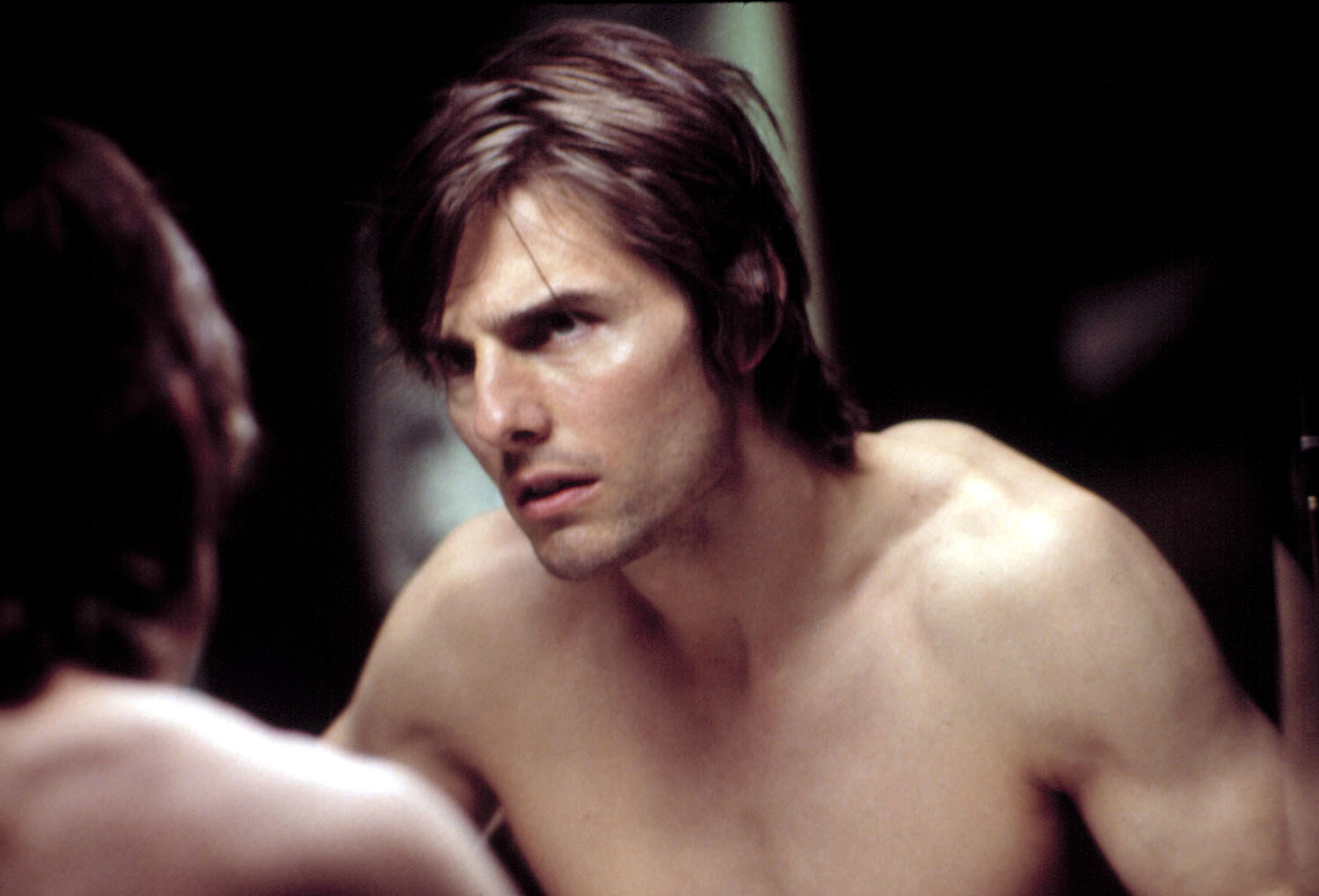
Even though the film poses a lot of questions about the philosophy of the futility of existence and the disfigurement debate of David’s face, the main question in the mind of each and every person who has had the privilege of watching “Vanilla Sky” is what’s real and what is the dream? I think for film novices, the answer might lie in the narrative, and what the basic explanation was provided at the end by tech support. Is that it, though? It feels so underwhelming. That’s why multiple viewings of the film are needed.
The dream sequences have been patterned with a haze-like quality of the color palette. The same kind of color palette that you might find in a Monet painting. This is where tech support was absolutely true. But this is where things get interesting. The sequence where David first meets his board members, who are plotting his downfall, has also been shot in the same hazy color palette. This establishment is already done in the first sequence, where David drives off in his Ferrari, and there’s no one on the road. Times Square is empty during peak New York office hours, but the same haze-like quality remains. When Sofia meets David for the first time at the party, the same effect is present; every sequence with Sofia has the same effect in the film.
The curious aspect is that all the scenes with Julie do not have the same effect except for the car crash sequence, perhaps because the explanation provided by tech support does not run parallel with what is shown in the film. Also, as many Redditors pointed out, the registration sticker on the Ferrari read 02/30/01. The Americans write their date as MM/DD/YY, which would signify that February has 30 days, and that can never be the case. Hence, is it a dream from the beginning itself?
The Seven Dwarves and David’s Relationship with His Father
David also equates the board with the Seven Dwarves, and each is given a particular name, as Disney’s Seven Dwarves had. Since the Grimm Brothers’ version did not have names, the explanation for the names has always been that they represent the seven moods of men: Dopey, Grumpy, Doc, Happy, Bashful, Sneezy, and Sleepy. There is a connection to be made here between David’s relationship with his father.
When he starts describing his father to McCabe, it is clear that the man is formidable, and David is in absolute awe of him. There is no one else he looks up to as he rambles on about what a genius this person was, and his book Defending The Kingdom is the book anyone used to become successful in the publishing kingdom. There is a significant sigh when he mentions his mother, which does signify a more than troublesome relationship with his mother. In fact, David is never pictured with his mother. Even the one time he is shown as a kid, it is in the offices where he skateboards through the office floors. Moreover, McCabe is like a father figure, a warm individual who talks to David the way he wants him to.
McCabe also mentions that throughout the entire book, there is just one sentence about David on page 127, “David Junior was a delight as a child.” There also was a sense of irony that his father was absolutely out of sorts with his fear of heights. All in all, the board member sequence being in that same aesthetic effect also tells that he is in a dream where he has recreated his dad through his board members. All the moods that would make his dad him, he recreated in his head through the board members. The one thing a parent would unconditionally provide is love, which is never mentioned even when he describes him, but David’s love for his father was obviously too strong.
Was it Lucid dreaming or Hallucinations?
This is where the explanations become interesting. If you ask me, David is a murderer, and he murdered his girlfriend Julie (Hear me out!). David started suffering from psychotic breakdowns after the killing of his parents in a car accident by a drunk teenager ten years ago, which he recalls when he is 33. His behavior is in line with that of a person who has psychosis. His psychosis would have begun after the death of his parents, and that might be one of the reasons for his hallucinations.
If there is a case of schizophrenia that can be made, it can be made here. A traumatic life-altering event pushed David to the edge. He is suspicious of everybody, including the board, even if it might not exist. There is constant paranoia that the people he loves will leave him. The same fear correlates to his fear of losing Sofia as well. There is a case to be made that Sofia never existed. Sofia did represent the perfect happy girlfriend and the perfect happy relationship. Things are so perfect that even Brian, who is supposed to be jealous of him for stealing Sofia, isn’t.
At the same time, he is overly suspicious of Brian, that he was the one who had told Julie that she was a fuck buddy and nothing more, thereby causing the accident (if the accident was even real!). Sofia was also his coping mechanism. Since his relationship with Julie was not like the one he wanted, he created Sofia. Sofia was a figment of his imagination and the manifestation of his guilt, maybe as McCabe had suggested at the beginning of the film.
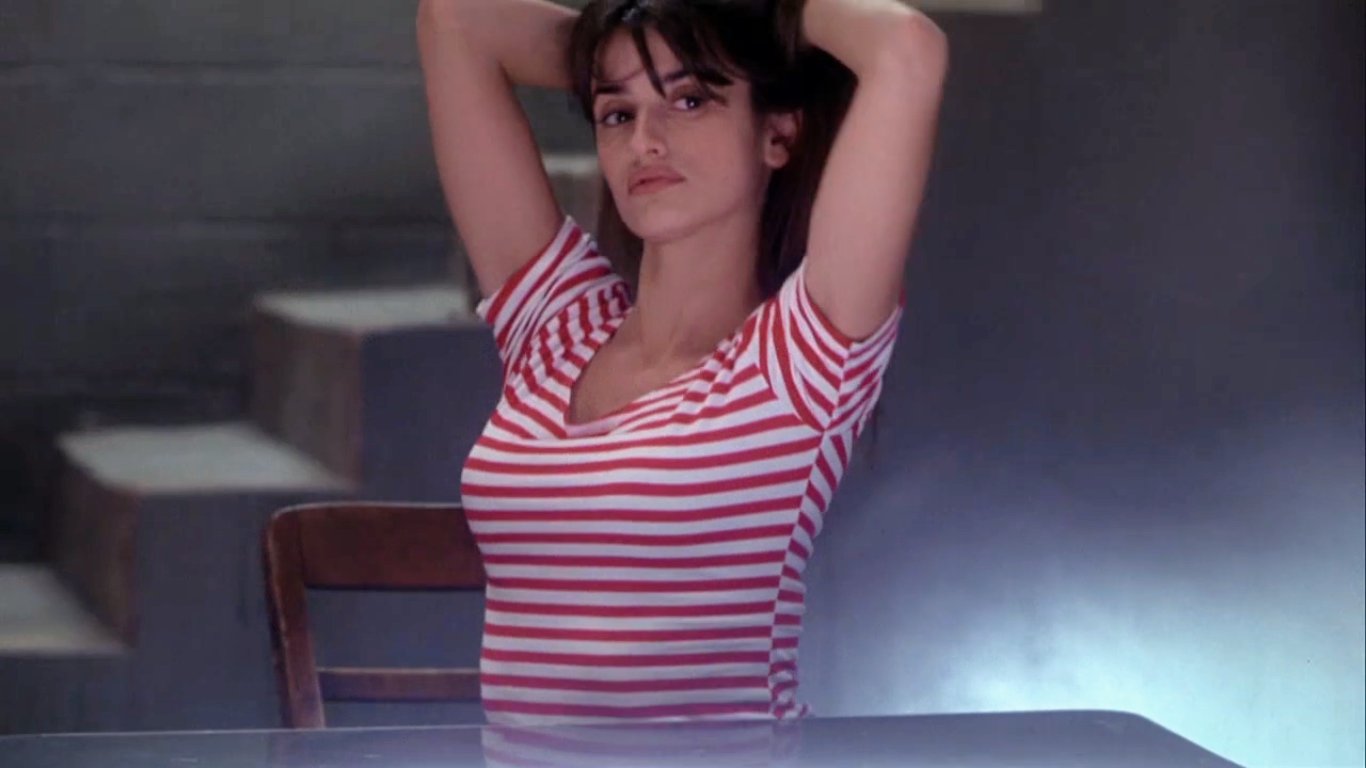
The five emotions that usually govern people are guilt, hate, shame, revenge, and love. The murder of Julie enhanced his guilt and his psychosis to such heights that he was rendered helpless, and he had to create the perfect relationship with Sofia, who is nothing but the representation of Julie herself. His guilt of murder, the shame of promiscuity, and hatred are mainly directed towards himself, hence the creation of the mask, which is used as a prop to hide the disfigured face. The face might not even be disfigured, but it represents how he couldn’t even look at himself without being scared.
Breathless and Jules et Jim Reinforcing The Hallucination Theory
Crowe’s mastery lies in integrating his homages into the main storyline. This is where there is further reinforcement of the idea that all of Sofia and Brian’s was a hallucination. In “Jules et Jim,” Jim and Jules are two unlikely friends infatuated with the alluring Catherine. Here, Brian falls for Sofia and brings her to David’s supposed party, where David and Sofia flirt. The creation of this trio, where both the men are in love with Sofia, is consistent with what “Jules et Jim” also proposed. The final car crash, where Catherine lures Jules into the car and drives off a bridge, is exactly what also happens to Julie and David.
Breathless’s murder is also used in this film as a plot device. In the end, when tech support explains to him how they have constructed Sofia and other instances through the influence of his understanding of popular films and art. The ensuing montage also questions whether any of it is even real and if we are confined within the whims of a madman. Is there any truth to what had actually happened, or was everything an imagination?
Vanilla Sky Movie Ending Explained:
The Truth of LE
The Life Extension program is also suspect. Is there actually something known as LE, or was it the concoction of a psychotic man who has killed his girlfriend? If LE could delete things from memory and create a space for a constructed lucid dream, then can they even add things or even hide things? Let’s assume for an instant that LE is real, and he had signed the contract with them after Thomas Tipp had gotten him off the murder charges. The moment when Ventura looks at his watch becomes the most crucial moment of that entire sequence.
Ventura, looking at his watch, has an attitude of nonchalance. His expression casts the viewer with the question of how, in dreams, there is no concept of time, so why is he looking at his watch? As far as the theory goes, the concept of time has nothing to do with this sequence. Ventura has the air of someone who has seen this happen too often. He knows that David’s subconscious spills over, and he opts to enter reality. It feels like a game where David tries to enter a space that is not part of the playing area, and tech support helps him by creating a scenario where he has the option of entering reality. And every time he takes that leap of faith, he returns to the simulation’s beginning.
Ventura also mentions as a part of the sequence that the lucid dreaming state has been fixed now, and he can return back, but he won’t remember a thing, nor will he be charged for tech support. This again indicates how if he can’t remember this, is this the first time this has happened? The doubt in the minds of the audience persists. If LE wasn’t real, then was he a part of a mental institution where experiments were done on him? And you can’t help but imagine the traces of Chris Marker’s “La Jetee” spilling over Crowe’s work.
Mortality as Home Entertainment? This cannot be the Future!
Kurt Russell’s bellowing when he finds out that he is not real and doesn’t even know the names of his two daughters with whom he has regular dinners on Wednesdays is a cry to what the future holds. As we dig deeper into the era of AI and deepfakes, there is a constant threat to the pursuit of reality. Can reality be altered, and if so, will that be considered the new reality? If reality is based on the consumption and the creation of information, then AI has all the tools and techniques to manipulate said information, thereby manipulating reality itself.
LE’s lucid dreaming concept is exactly what AI is. Human beings try to formulate reality through the manipulation of information only to change the very nature of reality itself. David’s mental instability after the death of his parents, and as he climbs down the rabbit hole of his psychosis, he is constantly left in a state of paranoia that everyone is out there to hurt him. Julie, along with the Seven Dwarves, are all constantly adding to his paranoia. It is very hard to see how he won over the board, as the tech support explains to him, but then again, his memory has been altered to create a happy place, and who’s to say, his reclamation of the company was even real.
Vanilla Sky’s cult status is well justified. There is no doubt that the film has multiple interpretations, and Crowe’s audio commentary also said there are four different versions. After all, four is special, right?


